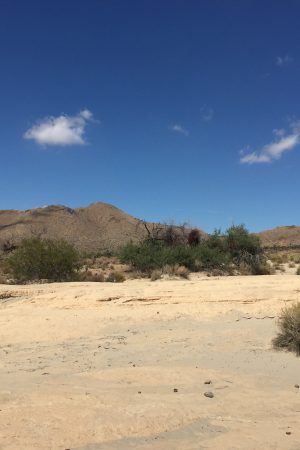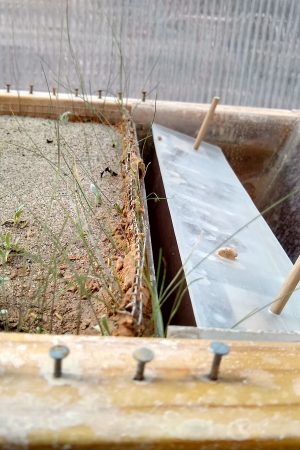Abandoned Mine Remediation in Northern Arizona
Purpose: This project is part of an ongoing assessment on the remediation of abandoned mine sites in northwestern Arizona. These abandoned mine sites often contain mine tailings, a type of processed ore that has had any valuable metals extracted and now has high concentrations of heavy metals. Heavy metals, like arsenic, have adverse impacts on the health of local wildlife, plants, and human populations. I (Spencer Harvey) am researching the phytoremediation potential of desert marigolds (Baileya multiradiata) to restore and reclaim mine sites contaminated with arsenic. To accomplish this, the uptake of arsenic into the shoots and roots of the desert marigold is being measured to determine if the desert marigold is a viable plant to extract arsenic from the mine tailings. Additionally, the desert marigold and Arizona fescue (Festuca arizonica) are being looked at to control erosion and reduce the mobility of contaminated soil offsite. The success of erosion control will be measured by growing vegetation in a flume containing mine tailings and subjecting the flume to simulated rain events.
Participants:
Dr. Bridget Bero, Associate Chair Civil and Environmental Engineering
Dr. Terry Baxter, Professor Civil and Environmental Engineering
Spencer Harvey, graduate student NAU
Josue Juarez, graduate student NAU
Kalani de Silva, undergraduate NAU
Funding: Bureau of Land Management (BLM) grant

